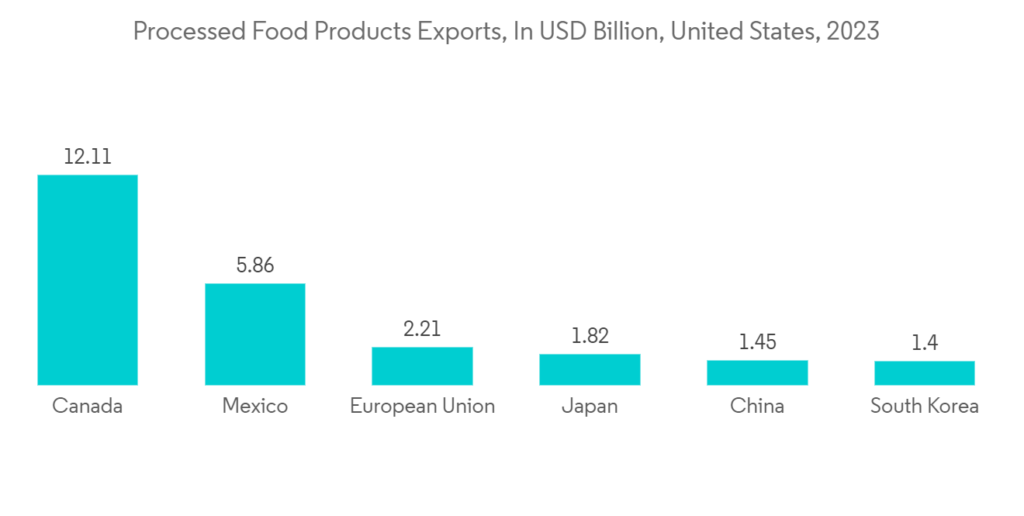Market Overview:
The Global Paper Packaging Market was valued at USD 248.6 billion in 2023 and is projected to reach USD 377.4 billion by 2030, registering a CAGR of 6.1% during the forecast period of 2023-2030. The market’s growth is supported by rising demand for eco-friendly packaging solutions, increasing consumer awareness about environmental concerns, and developments in paper packaging technology. Paper packaging offers numerous benefits, including recyclability, biodegradability, and versatility, making it a preferred choice across various industries, including food & beverage, pharmaceuticals, and personal care.
Drivers:
Sustainability, Consumer Awareness, and Technological Advancements
- Sustainability: Increasing demand for sustainable and eco-friendly packaging solutions acts as a driver to the paper packaging market. Paper is a form of packaging that can be both biodegradable and recyclable, therefore contributing less to pollution and conforming more with sustainable values around the world.
- Consumer Awareness: The increasing consciousness regarding environmental issues and the adverse effects of plastic pollution is leading to a drive towards paper packaging. The rise of such demand has helped the market generate sustainability trends, whereas most shoppers clamour for products that come with sustainable packaging.
- Technological Innovations: Advancements in continuous paper packaging technology, such as improvements in barrier properties, creative designs and increased durability are enhancing the functionality and attractiveness of paper packaging which is anticipated to fuel market growth.
Restraints:
High Costs and Limited Durability
- Cost of Implementation: The costs of producing paper packaging material at a high quality, in particular for small and medium-sized enterprises (SMEs), can be a significant challenge. These costs might involve money spent on raw materials, technology integrations/hygiene adjustments and fulfilling quality/compliance requirements
- Durability: Paper packaging is much less durable compared to plastic and metal alternatives for water resistance due to its low variance of moisture content. This restricts its utilization across many sectors, thus hindering market growth.



